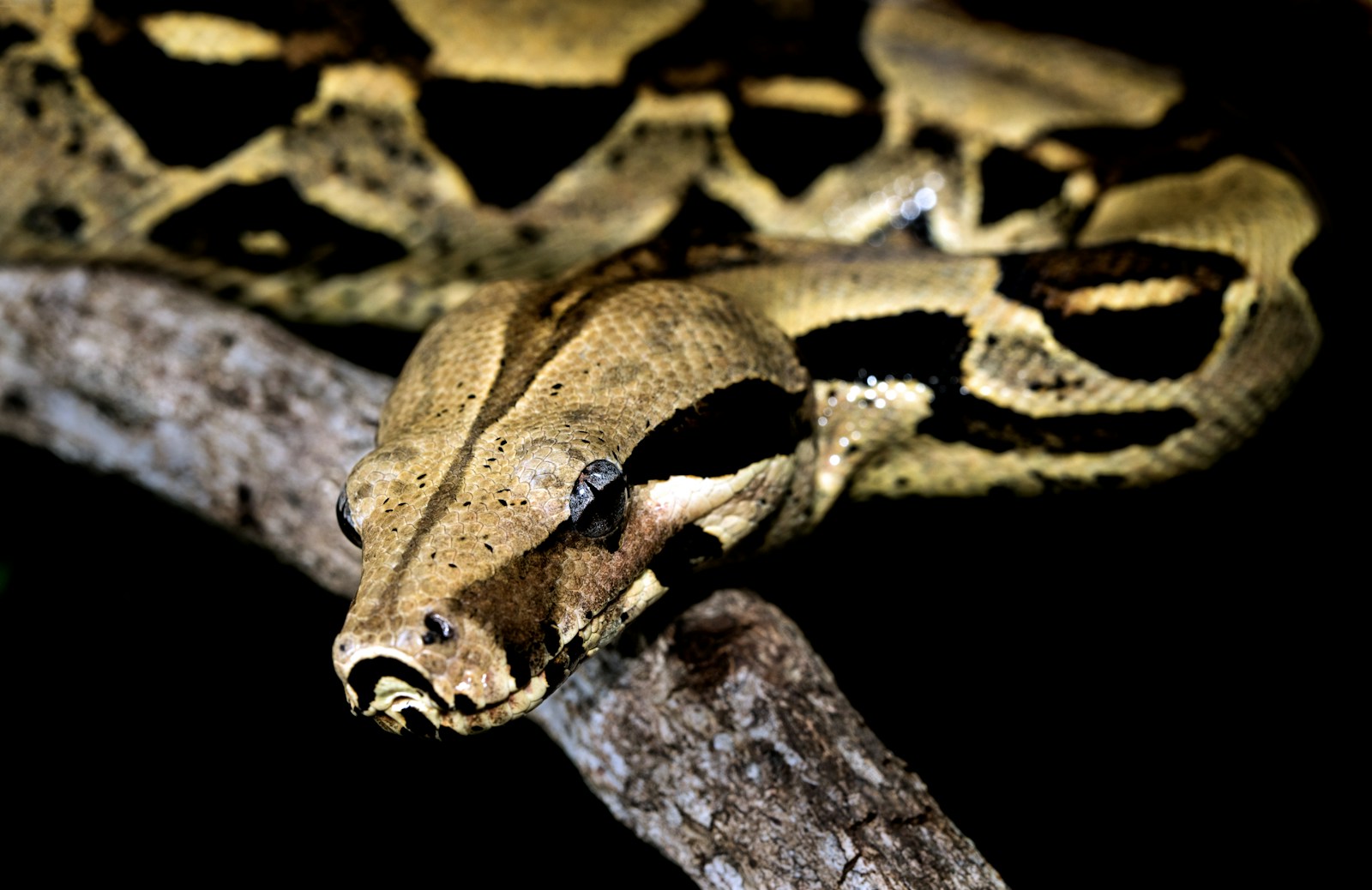Imagine slithering through life without ever seeing the sun rise or set—this is the reality many captive snakes face when their owners neglect the importance of light cycles. While snakes are vastly different from humans in their biological needs, they still evolved within natural rhythms of day and night. The question of whether pet snakes need a day/night cycle might seem simple at first glance, but it involves complex considerations of reptile biology, behavior, and well-being. In the wild, snakes experience natural light patterns that regulate their internal clocks, affecting everything from hunting behaviors to breeding cycles. As responsible snake owners, understanding how light affects our scaled companions is crucial for providing them with environments that support their health and natural behaviors.
The Natural Light Patterns of Wild Snakes
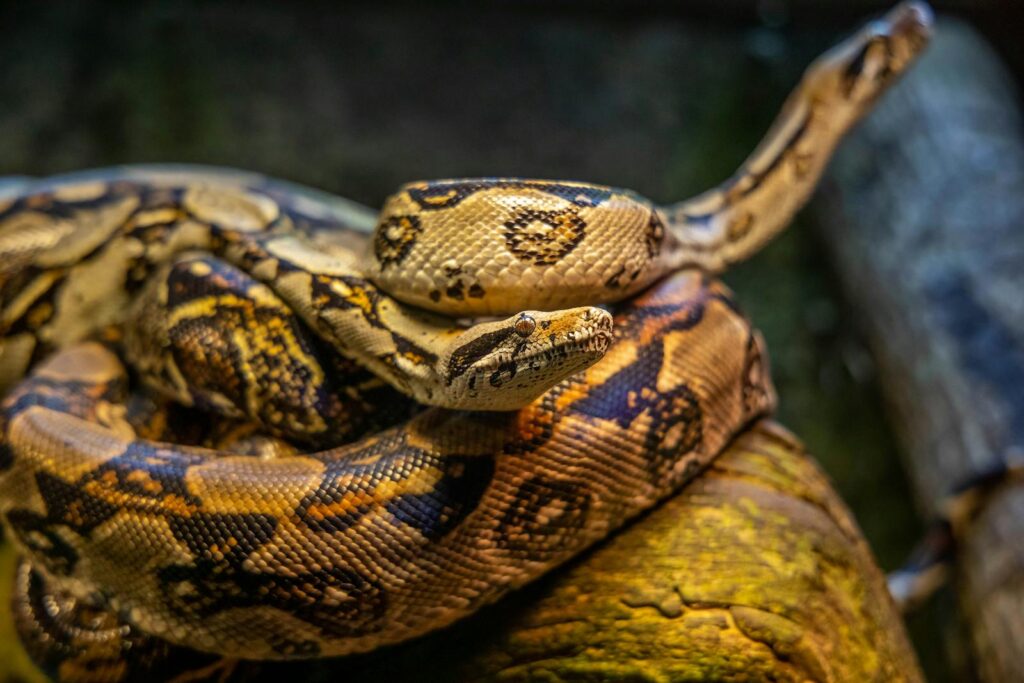
In their natural habitats, snakes experience predictable cycles of light and darkness that change with the seasons. These cycles vary dramatically depending on the snake’s native region—tropical species may experience roughly equal periods of day and night year-round, while species from temperate zones adapt to significant seasonal variations. Diurnal snake species are active primarily during daylight hours, using the sun’s warmth to fuel their metabolism and hunting activities. Nocturnal species, conversely, have evolved to hunt and explore during darkness, avoiding daytime predators and extreme heat. Crepuscular snakes prefer the twilight hours of dawn and dusk, taking advantage of this transition time when prey may be more vulnerable. Understanding a snake’s natural light exposure helps us recreate more suitable captive environments that honor their evolutionary adaptations.
Circadian Rhythms in Reptiles
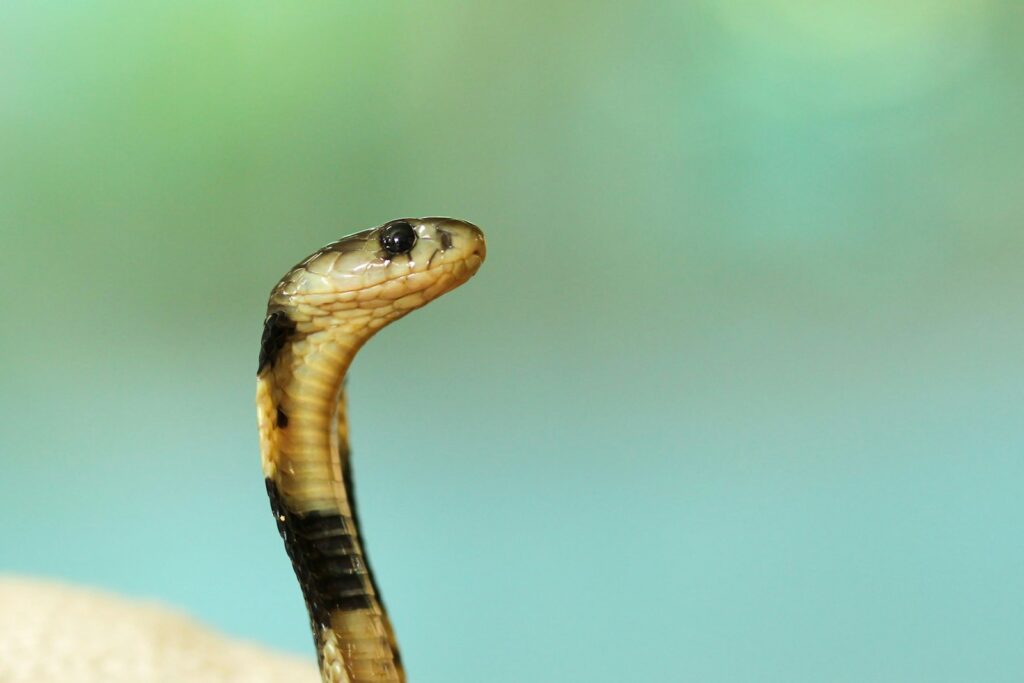
Snakes, like most animals, possess internal biological clocks known as circadian rhythms that regulate numerous physiological processes. These internal timekeepers help coordinate bodily functions with external environmental cues, with light being one of the most powerful influences. A snake’s circadian rhythm affects hormone production, including melatonin, which influences sleep patterns, immune function, and reproductive cycles. Without proper light cues, these internal rhythms can become disrupted, potentially leading to stress, irregular feeding patterns, or reproductive difficulties. Research has shown that reptiles process light information through their eyes, a specialized organ called the pineal gland, and in some species, through light-sensitive cells in their skin. This complex system of light detection underscores how deeply intertwined reptilian physiology is with environmental light cycles.
Behavioral Effects of Consistent Light Cycles
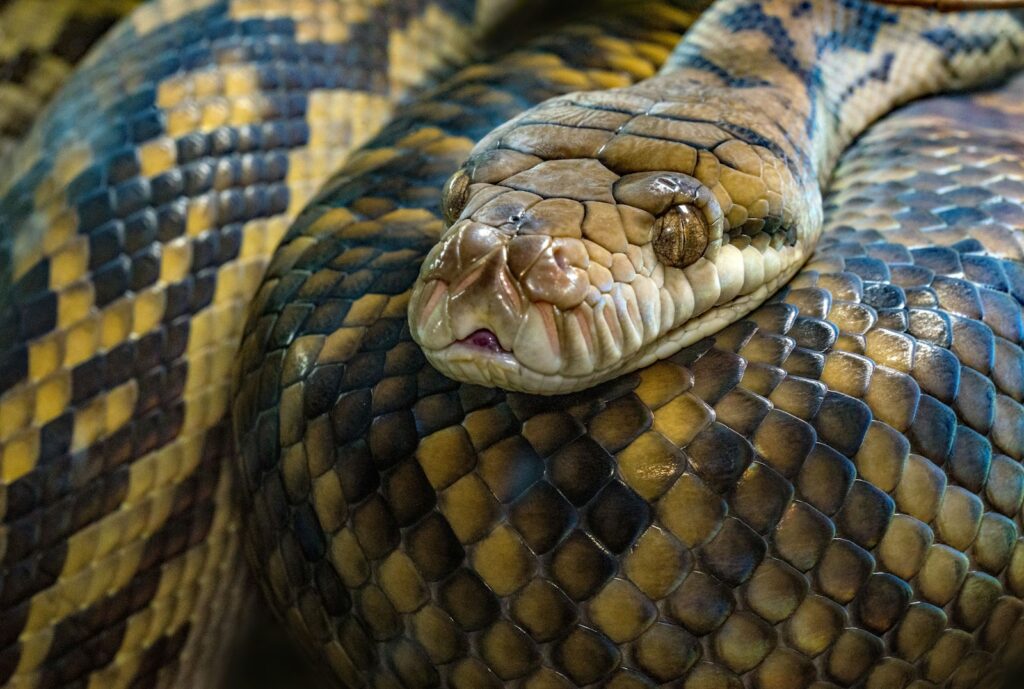
Providing consistent day/night cycles for captive snakes helps establish predictable behavioral patterns that contribute to their overall well-being. When snakes experience regular light cycles, they develop more natural activity patterns, including more predictable feeding responses and exploration behaviors. Owners often report that snakes with established light routines display fewer stress behaviors such as excessive hiding, defensive posturing, or reluctance to feed. For breeding snakes, consistent light cycles are particularly important, as they serve as environmental triggers for reproductive readiness, especially when combined with temperature cycling. Some species even synchronize their shedding cycles with light patterns, as this natural process is partially regulated by hormones influenced by photoperiod. Creating a consistent light environment helps your snake maintain these natural behavioral rhythms that have evolved over millions of years.
Health Implications of Improper Lighting
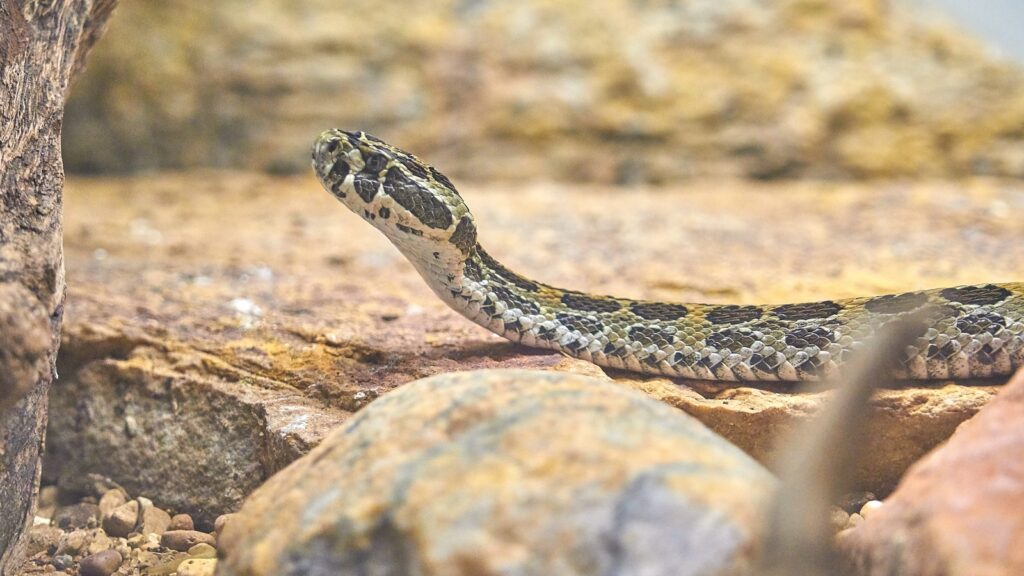
When snakes are kept in environments with irregular or absent light cycles, various health issues may develop over time. Chronic stress from disrupted circadian rhythms can compromise immune function, making snakes more susceptible to infections and diseases. Feeding disorders may emerge when snakes cannot properly anticipate hunting periods, potentially leading to weight loss or obesity depending on how feeding schedules interact with disrupted activity cycles. Some snake species may experience difficulties with calcium metabolism without proper light cycles, as vitamin D synthesis and calcium utilization are partially regulated by photoperiod-influenced hormones. Reproductive health problems, including irregular breeding cycles, infertility, or egg-binding in females, have been linked to improper light cycling in captive reptiles. While snakes may survive without proper day/night cycles, the cumulative stress and physiological disruption can significantly impact their long-term health and quality of life.
Differences Between Snake Species
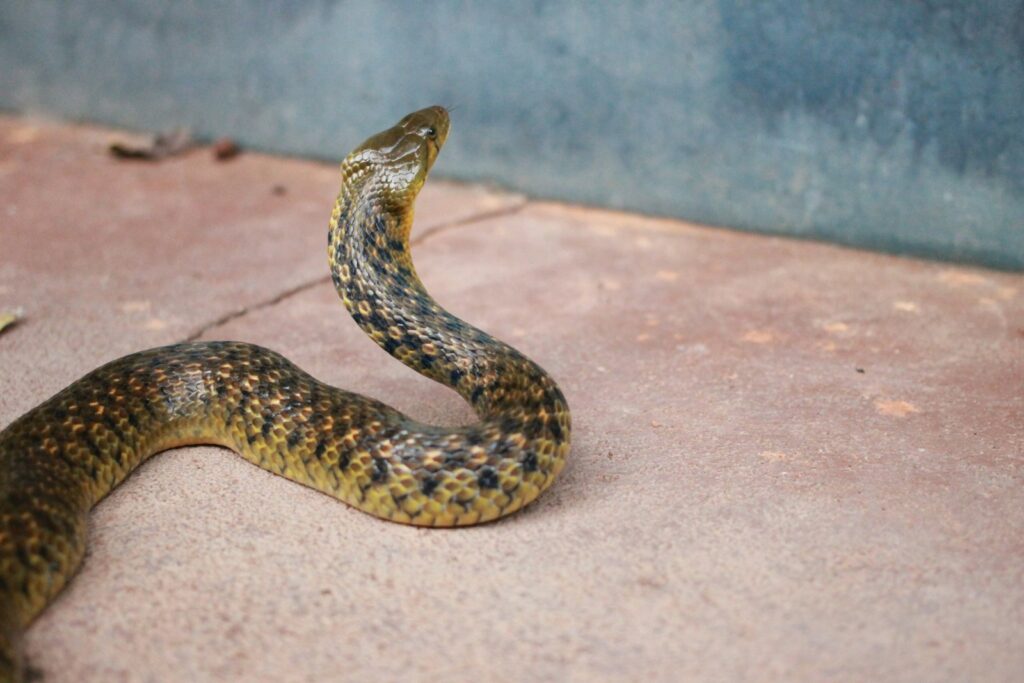
The importance of day/night cycles varies significantly between different snake species based on their evolutionary history and natural habitat. Desert-dwelling species like ball pythons and hognose snakes have evolved with intense daytime heat and light, often becoming crepuscular or nocturnal to avoid extreme temperatures. Tropical forest species such as emerald tree boas experience filtered light through canopy coverage and rely on subtle light changes to regulate their activities. Aquatic or semi-aquatic snakes like water snakes have adapted to light conditions affected by water refraction and may have different photoperiod needs than strictly terrestrial species. Temperate species like corn snakes and rat snakes naturally experience significant seasonal light variations that trigger breeding and brumation cycles. Understanding your specific snake’s evolutionary background is essential for providing appropriate lighting conditions that respect its natural history and physiological needs.
Setting Up Proper Day/Night Cycles
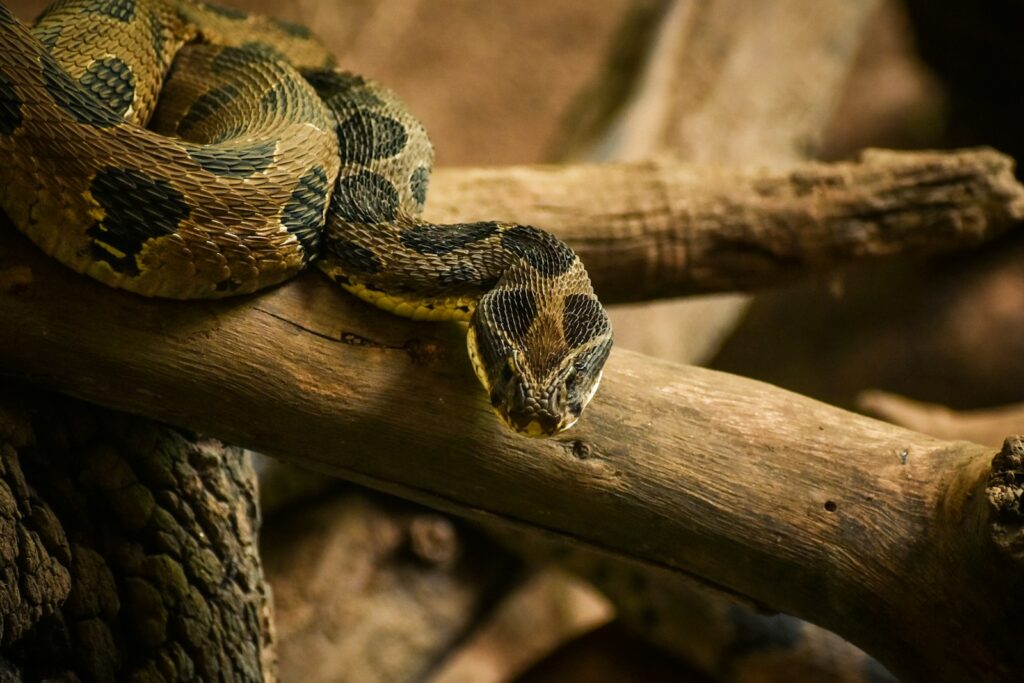
Creating appropriate light cycles for pet snakes involves more than simply turning lights on and off. Most experts recommend providing 10-12 hours of light and 12-14 hours of darkness for most common pet snake species, adjusting slightly based on species-specific needs. Light intensity matters as much as duration—bright, harsh lighting can stress some species, while insufficient light may not properly trigger circadian responses in others. Seasonal variations can be important for temperate species, gradually increasing daylight hours in spring and reducing them in fall to mimic natural seasonal changes. Automated timers represent an invaluable investment for maintaining consistent light cycles even when owners aren’t home, eliminating human error and ensuring regularity. The gradual transition of dawn and dusk periods can be simulated using dimming systems that better replicate natural light changes, though this level of sophistication isn’t strictly necessary for most pet snakes.
UVB Lighting Considerations
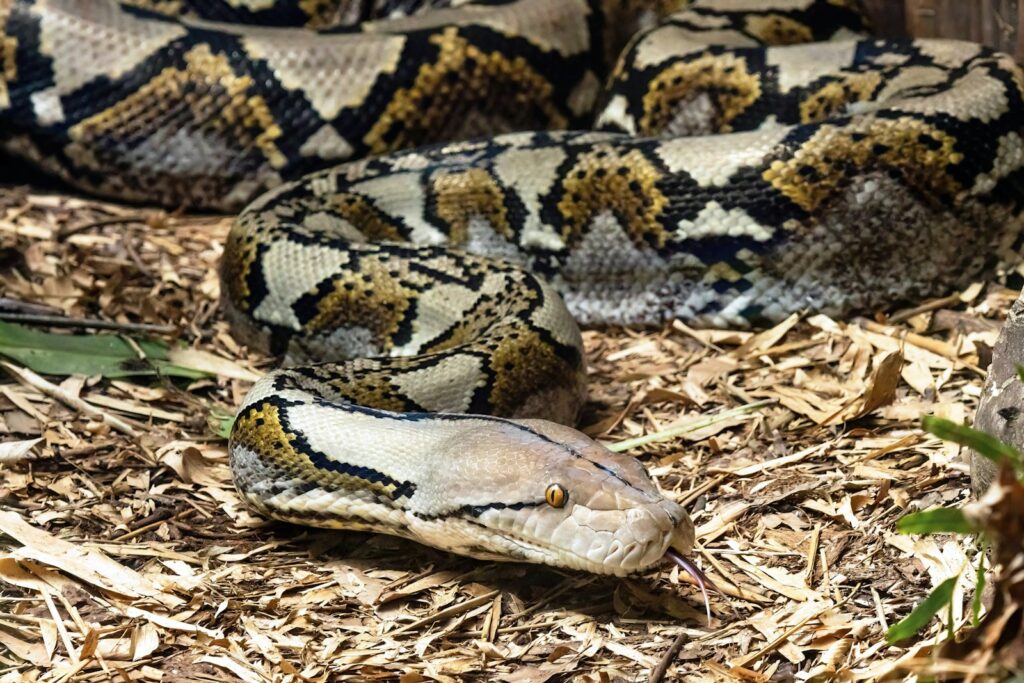
The debate around UVB lighting for snakes continues in the herpetological community, with evolving understanding of reptile physiology. While snakes don’t have the same UVB requirements as many lizards, emerging research suggests some species may benefit from low levels of UVB exposure, particularly diurnal species that bask in natural sunlight in the wild. UVB exposure facilitates vitamin D3 synthesis, which plays an essential role in calcium metabolism and overall health. Species like corn snakes, king snakes, and some python species have been observed deliberately basking under UVB sources when provided, suggesting potential benefits beyond what was previously understood. When incorporating UVB into lighting setups, it’s crucial to use appropriate strength bulbs (typically lower output than those used for bearded dragons or iguanas) and ensure proper distance from the animal to prevent overexposure. Always research your specific species’ natural behaviors and consult with reptile veterinarians to determine appropriate UVB protocols.
Nighttime Lighting Options
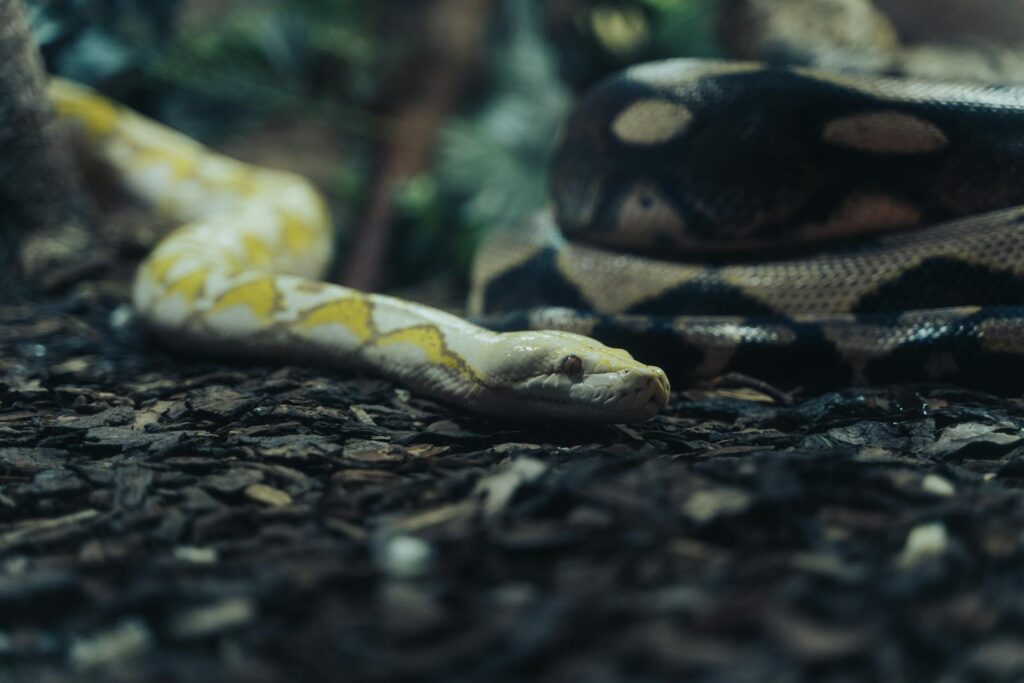
Choosing appropriate nighttime lighting options requires understanding how different light spectrums affect snake behavior and physiology. Red or blue “night” bulbs, once commonly recommended, have fallen out of favor as research indicates many reptiles can still perceive these wavelengths, potentially disrupting their circadian rhythms despite appearing dim to human eyes. Ceramic heat emitters (CHEs) provide heat without producing light, making them ideal for maintaining nighttime temperatures without interfering with darkness cycles. Heat mats and heat tape controlled by thermostats offer another light-free heating option that can maintain appropriate nighttime temperatures without disrupting natural darkness. For owners needing to check on their snakes after dark, brief use of flashlights with red filters minimizes disruption to the snake’s perception of nighttime. The ideal setup provides complete darkness during night hours while maintaining appropriate temperatures through non-light-emitting heat sources.
Monitoring and Adjusting Light Cycles
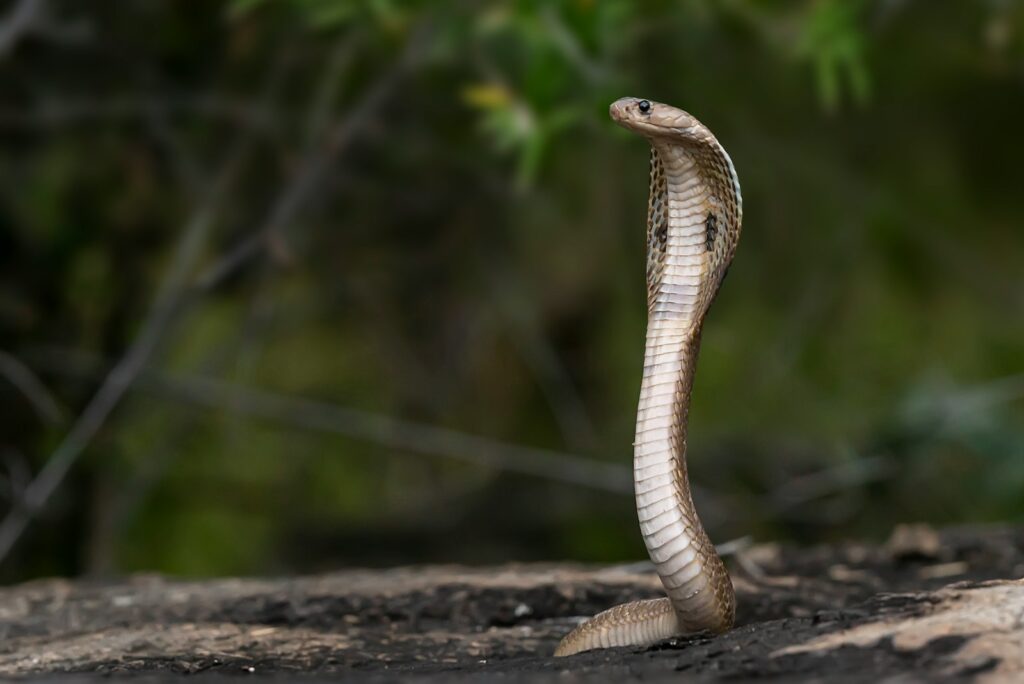
Successfully implementing day/night cycles for pet snakes requires ongoing observation and occasional adjustments to ensure optimal conditions. Regular monitoring of your snake’s behavior provides valuable insights into whether current light cycles are appropriate—watch for changes in activity levels, feeding response, and general demeanor that might indicate lighting stress. Seasonal adjustments may benefit many snake species, particularly those from temperate regions that naturally experience varying day lengths throughout the year. For breeding purposes, deliberate manipulation of light cycles can help trigger reproductive behaviors when combined with temperature cycling, though this should only be attempted by experienced keepers. Light intensity should be evaluated periodically, as bulbs naturally dim with age and may need replacement before they completely burn out to maintain proper light levels. Keeping a log of lighting changes and corresponding behavioral observations can help identify patterns and optimal conditions for your specific snake.
Common Lighting Mistakes to Avoid
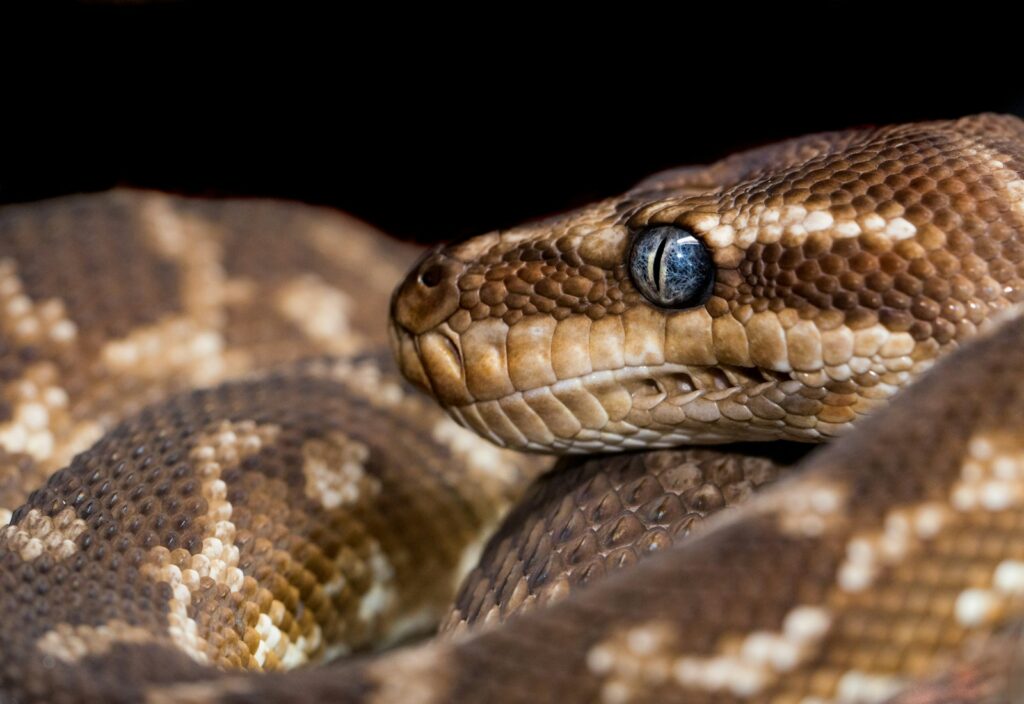
Many snake owners unknowingly make lighting errors that can impact their pet’s wellbeing over time. Perhaps the most common mistake is providing constant lighting conditions, either keeping lights on 24/7 or maintaining the enclosure in ambient room light without distinct day/night periods. Irregular lighting schedules—changing light timing frequently based on human convenience rather than the snake’s needs—disrupts natural rhythms and can cause chronic stress. Using inappropriate bulbs, such as those with excessively high UVB output designed for desert lizards, can potentially harm snakes through overexposure. Placing enclosures in areas with significant ambient light during night hours, such as rooms with late-night television viewing or bright exterior lights shining through windows, can interfere with proper darkness periods. Failing to provide adequate lighting transitions, suddenly switching from full brightness to complete darkness without simulating dawn and dusk periods, fails to replicate natural conditions that trigger important behavioral changes.
Room Lighting vs. Dedicated Enclosure Lighting
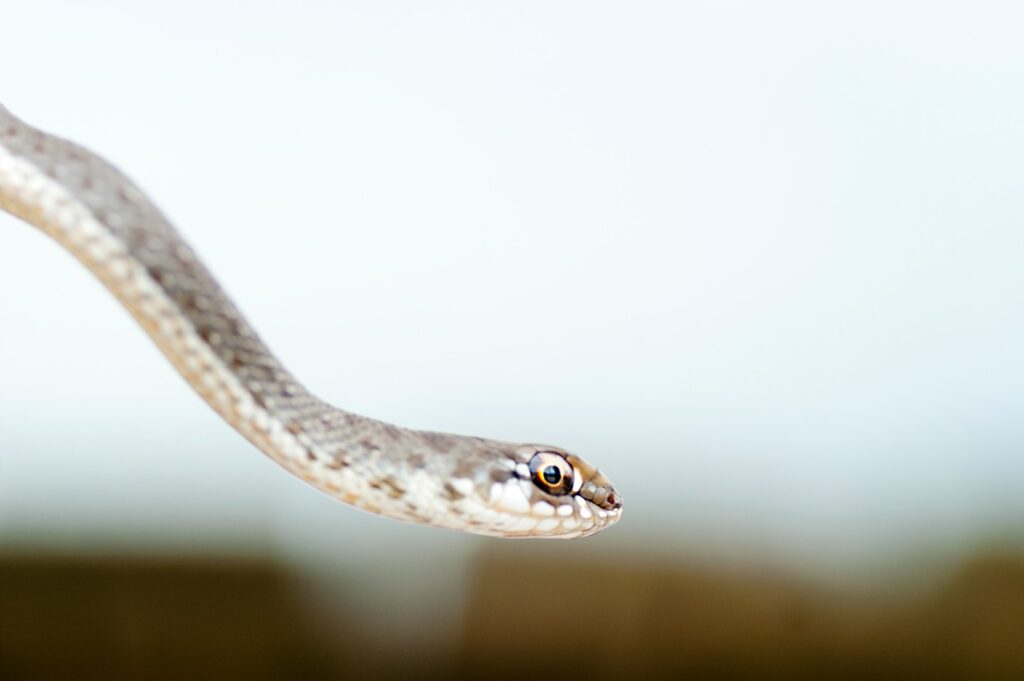
Many new snake owners wonder whether ambient room lighting is sufficient or if dedicated enclosure lighting systems are necessary for their pets. Room lighting alone is generally insufficient because it’s typically irregular, following human schedules rather than providing the consistent cycle snakes need. Enclosure placement within a room significantly affects light exposure—tanks placed near windows receive inconsistent natural light that varies with weather and seasons, while those in dark corners may receive insufficient daytime light. Dedicated lighting systems allow precise control over duration, intensity, and spectrum of light specific to your snake’s needs. For owners with multiple reptiles, individual lighting systems ensure each species receives appropriate conditions regardless of their location in the home. When using room lighting as a supplement, ensure the snake’s enclosure isn’t exposed to artificial light during intended darkness hours, such as from television screens or household lamps used during evening hours.
Signs Your Snake’s Light Cycle Needs Adjustment

Recognizing when your snake is experiencing lighting-related stress allows for timely adjustments to improve their environment and wellbeing. Unusual activity patterns, such as a normally nocturnal snake becoming active during daylight hours or vice versa, may indicate disrupted circadian rhythms related to inappropriate light cycles. Feeding refusals that don’t correlate with shedding, breeding season, or illness could stem from light-induced stress affecting normal appetite patterns. Excessive hiding behavior beyond what’s typical for the species might suggest the snake is seeking protection from lighting conditions it finds stressful or inappropriate. Irregular or difficult shedding cycles can sometimes be attributed to lighting issues, as hormones regulating the shedding process are partially influenced by photoperiod. Weight loss, despite proper feeding attempts, may indicate chronic stress from inappropriate lighting that’s affecting the snake’s metabolism and digestive efficiency.
Scientific Research on Snake Photoperiods
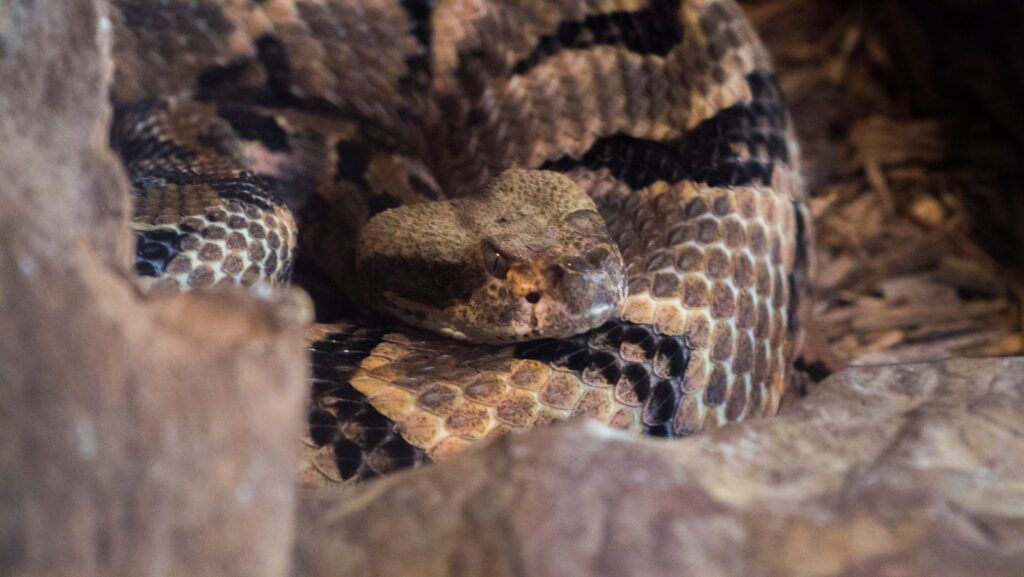
Scientific studies on snake photoperiods provide valuable insights into how these reptiles respond to light cycles in captivity. Research published in the Journal of Experimental Biology demonstrated that many snake species exhibit clear behavioral and physiological responses to light cycles, including changes in activity patterns, body temperature regulation, and hormone production. Studies focusing on reproductive behaviors have shown that manipulating light cycles, particularly in combination with temperature changes, can trigger breeding responses in many species, confirming the importance of photoperiod in reproductive health. Neurobiological research has identified specialized photoreceptors in snake brains that detect day length independent of visual perception, highlighting sophisticated biological mechanisms for light cycle detection. Comparative studies between wild and captive snake populations suggest that individuals maintained with natural light cycles show fewer stress markers and more natural behavior patterns than those kept in artificial or irregular lighting conditions. While research specifically on pet snake species remains limited, the existing scientific literature strongly supports the provision of regular day/night cycles for captive snakes.
Conclusion: Balancing Natural Needs in Captivity
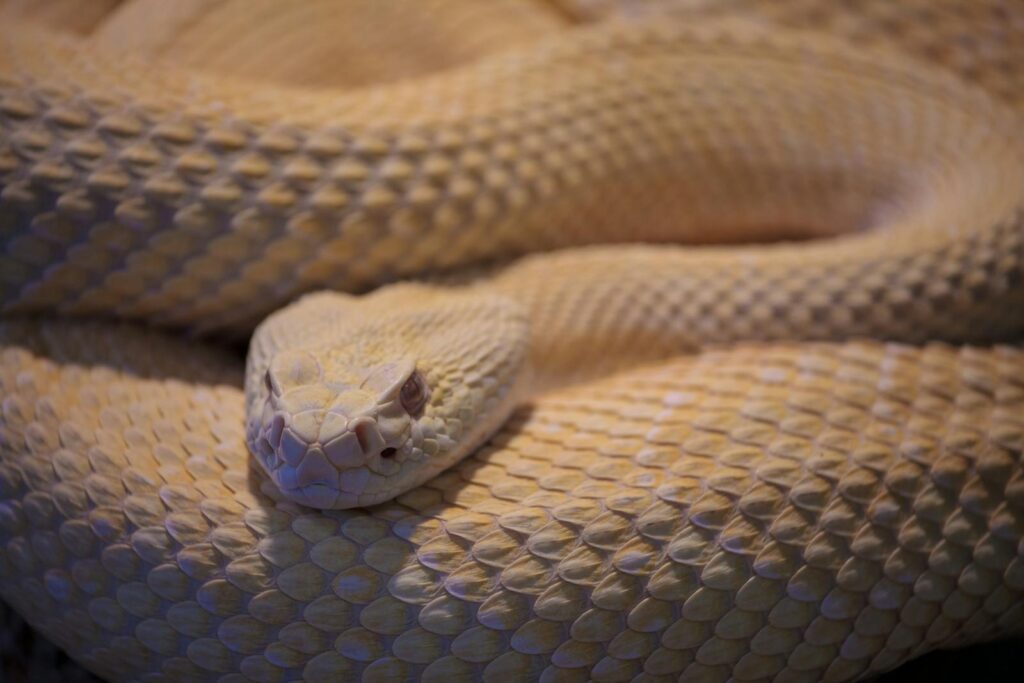
The evidence strongly suggests that pet snakes do indeed benefit from consistent day/night cycles that mimic their natural light exposure patterns. While snakes may survive without proper light cycling, providing appropriate photoperiods contributes significantly to their physiological health, natural behaviors, and overall wellbeing. Creating lighting systems that respect a snake’s evolutionary adaptations represents an important aspect of responsible reptile keeping, alongside proper temperature gradients, humidity levels, and dietary considerations. As our understanding of reptile physiology continues to evolve, so too should our husbandry practices—what was once considered adequate care may now be recognized as merely minimal survival conditions. By incorporating natural light cycles into our snake keeping practices, we move closer to creating truly enriching environments that allow these fascinating reptiles to thrive rather than simply exist in our care. Your snake may not be able to verbalize its appreciation for a well-designed lighting system, but its improved health, natural behaviors, and longevity will speak volumes about the quality of care you’ve provided.

